By the mid to late 1970s, a new subgenre of country music had emerged. A crossover of country and pop, Countrypolitan was considerably more polished and produced country with lush arrangements, something that directly generated the outlaw movement led by Waylon Jennings and Willie Nelson.
But the Countrypolitan sound was starting to develop a decade earlier by the early ’60s with more produced, pop-leaning songs from Nelson-penned Patsy Cline hit “Crazy” and Conway Twitty’s transition from rock to radio-friendly country, Jim Reeves’ smooth baritone, and more.
Texan-born Ray Price was also an early pioneer of the sound, after moving away from his honky tonk in the early ’60s for a more glossy sound, which he introduced with a cover of Willie Nelson’s bluesier “Night Life” in 1963. When Nelson first presented the song to Pappy Daily of D Records, he rejected it for not sounding country enough.
Leaning more toward rhythm and blues, Nelson’s lyrics reflected the nightlife he observed while playing the Houston scene at the time.
All of the people just like you and me
They’re all dreamin’ about their old, used to be
Because the nightlife
It ain’t no good life but it’s my life
They tell me life’s an empty scene
An avenue of broken dreams
Because the nightlife
It ain’t no good life, but it’s my life
Considered one of the earliest examples of a Countrypolitan sound, Price’s “Night Life” was also a moderate success, reaching No. 28 on the Country chart.
Videos by American Songwriter
[RELATED: Willie Nelson’s First Recordings and the Song He Wrote When He Was 12]
The Origins of “Night Life” (“Nite Life”)
By the late 1950s, Willie Nelson relocated to Houston, Texas, to work as a DJ and hit the music scene in the area. At the time, Nelson had just welcomed his third child, son Billy, and tried selling some of his songs for $10 each to Larry Butler, the house band singer at the popular venue, the Esquire Ballroom. Instead, Butler gave Nelson a $50 loan to rent an apartment in nearby Pasadena and a regular gig performing at the venue.
During his commutes to work, Nelson would write songs, including Cline‘s “Crazy,” “Funny How Time Slips Away,” which became a top 40 hit for Billy Walker in 1961, and more songs. Another song-in-commute Nelson wrote was “Night Life,” which he completed on his way back home.
Nelson initially sold the song to guitar instructor Paul Buskirk for $150, Nelson released it as a single under the title “Nite Life” in 1960 with the B-side “Rainy Day Blues” under the name Paul Buskirk and the Little Men featuring Hugh Nelson before it was rereleased as “Night Life” in 1963 and credited back to Nelson.
Nelson rerecorded “Night Life” several more times throughout the decades, including versions with Price, Johnny Cash, B.B. King, Wynton Marsalis, and Cyndi Lauper. More covers emerged over the years by Marvin Gaye, B.B. King, and Aretha Franklin during the ’60s and later by George Jones and Waylon Jennings, Reba McEntire, David Lee Roth, Lucinda Williams, Sheryl Crow, and more.
In 1980, Price connected with Nelson again on their collaborative album San Antonio Rose, which went to No. 3 on the Country chart. Price had also released an album called San Antonio Rose in 1961 as a tribute to Bob Willis.
Photo: Bob Grannis/Getty Images

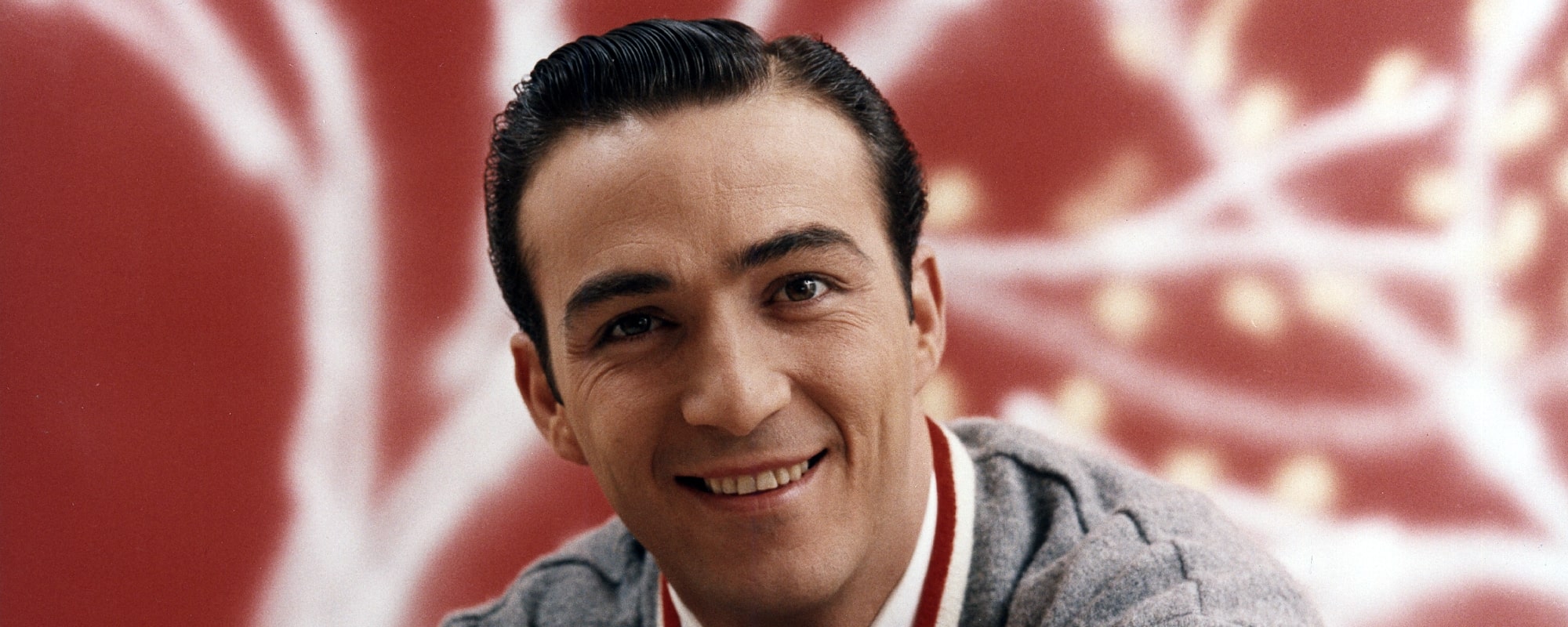
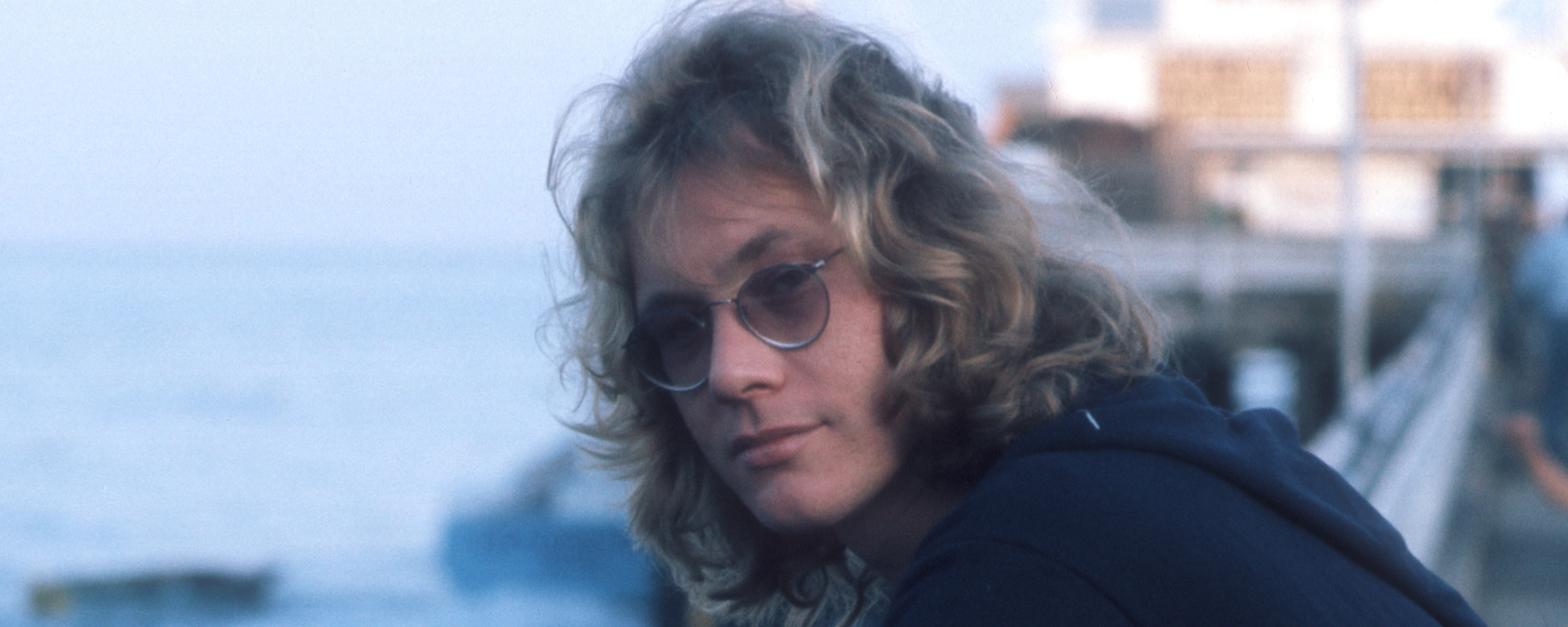

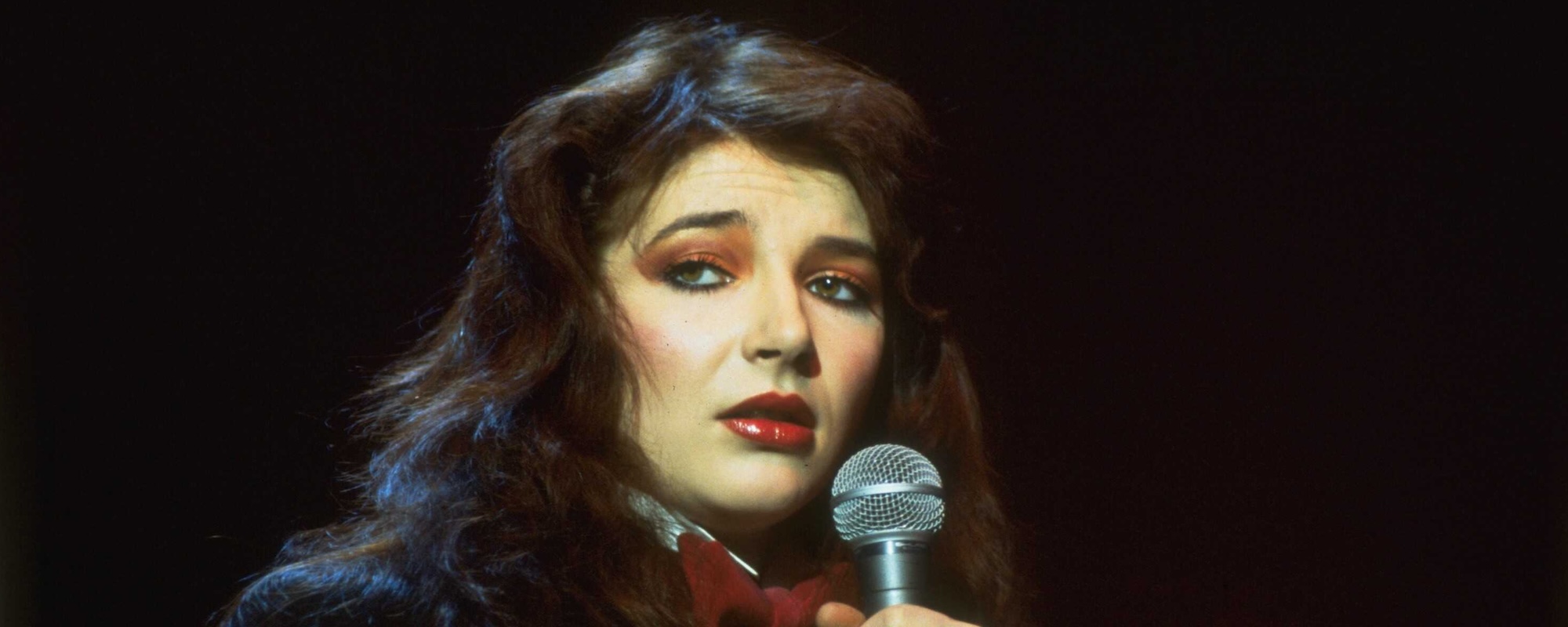
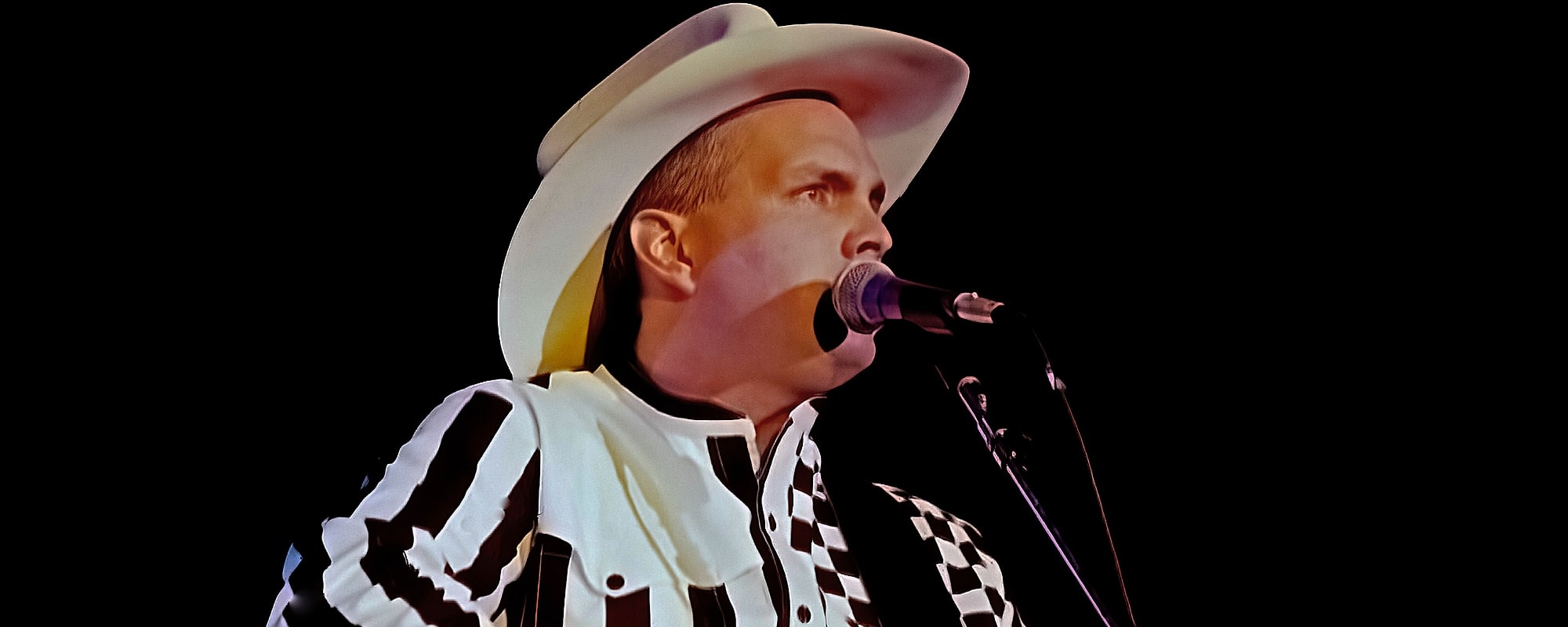
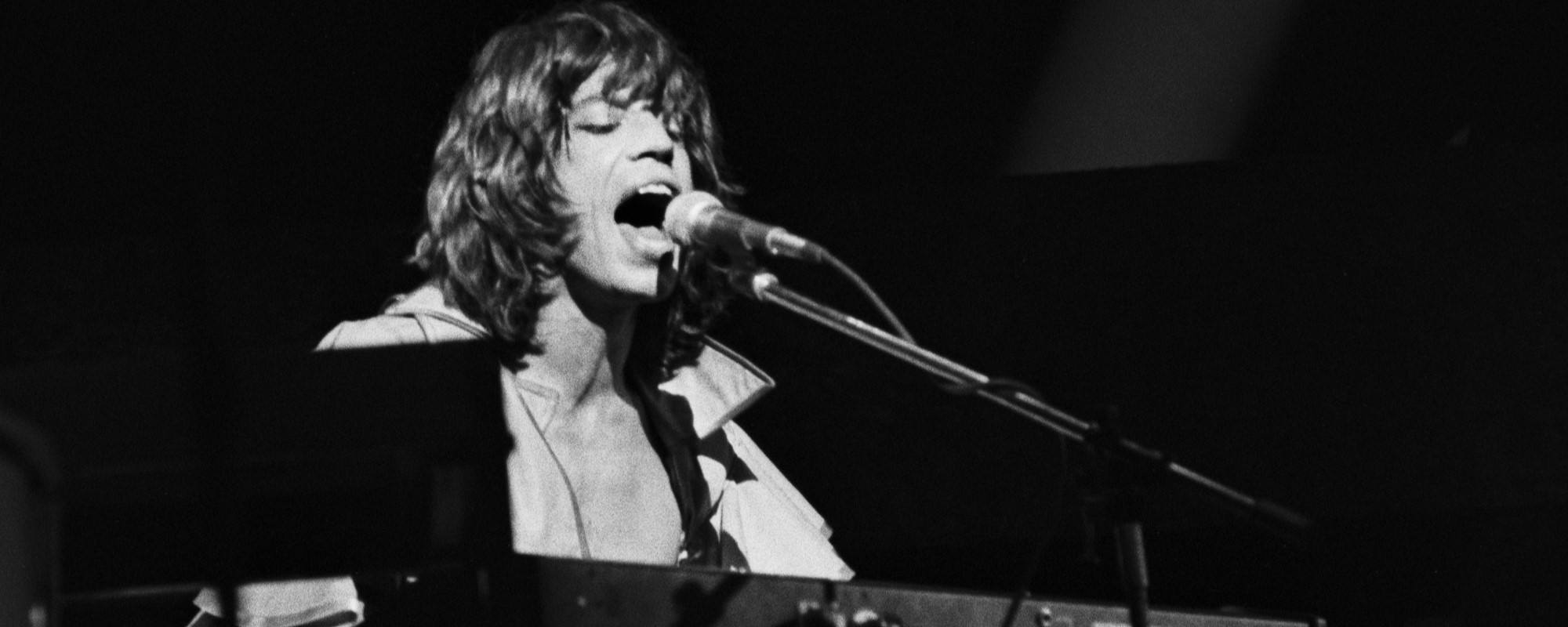
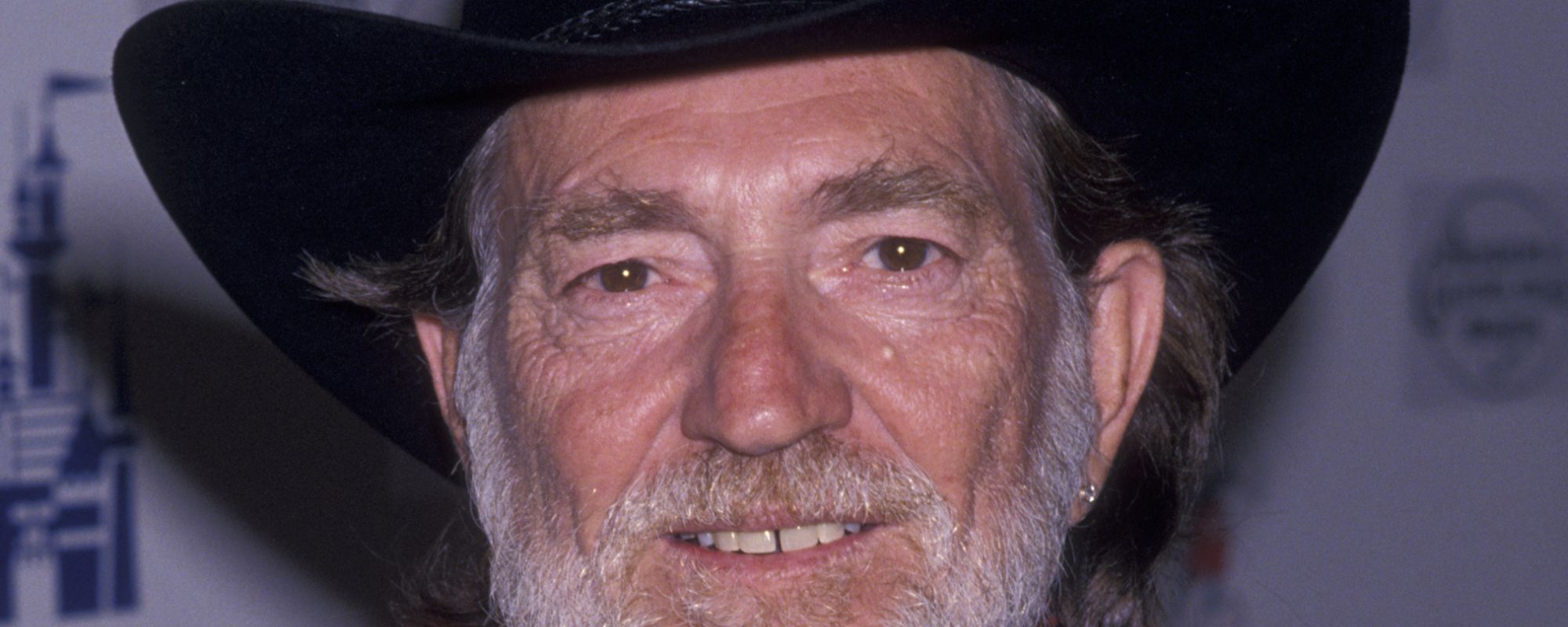
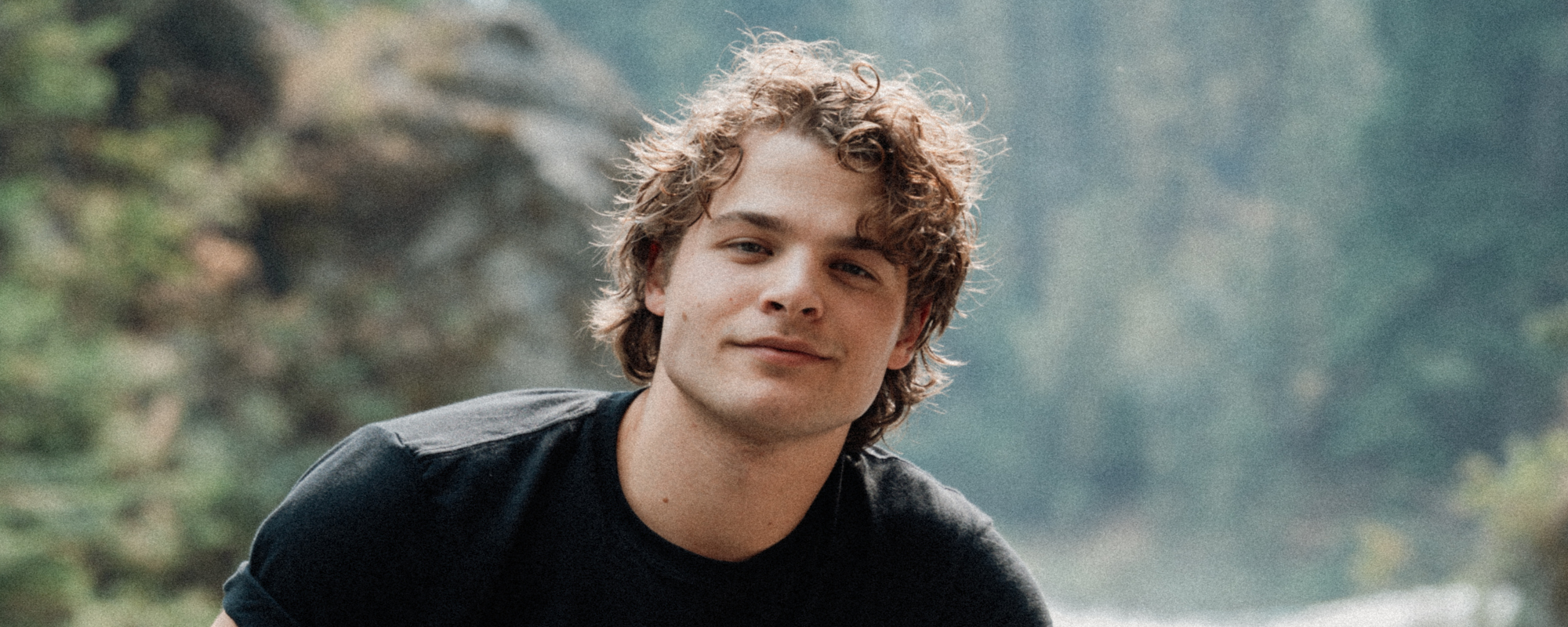
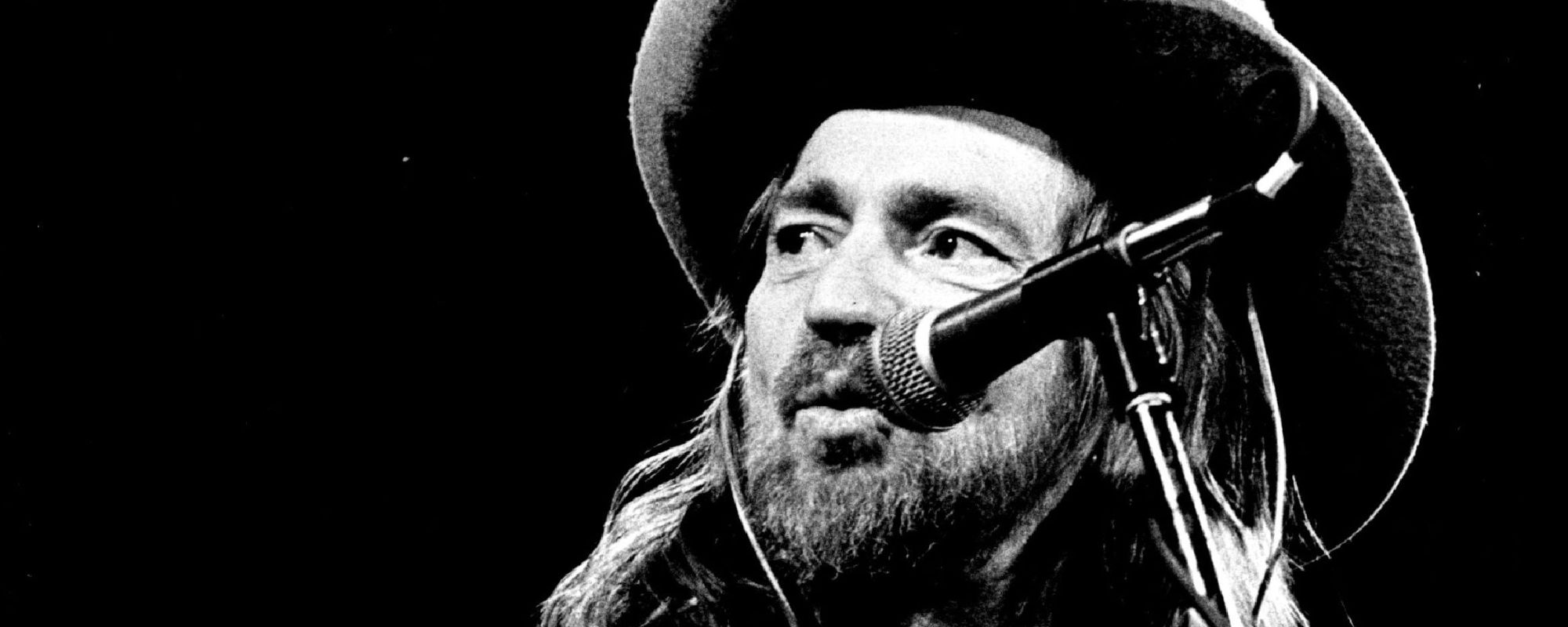
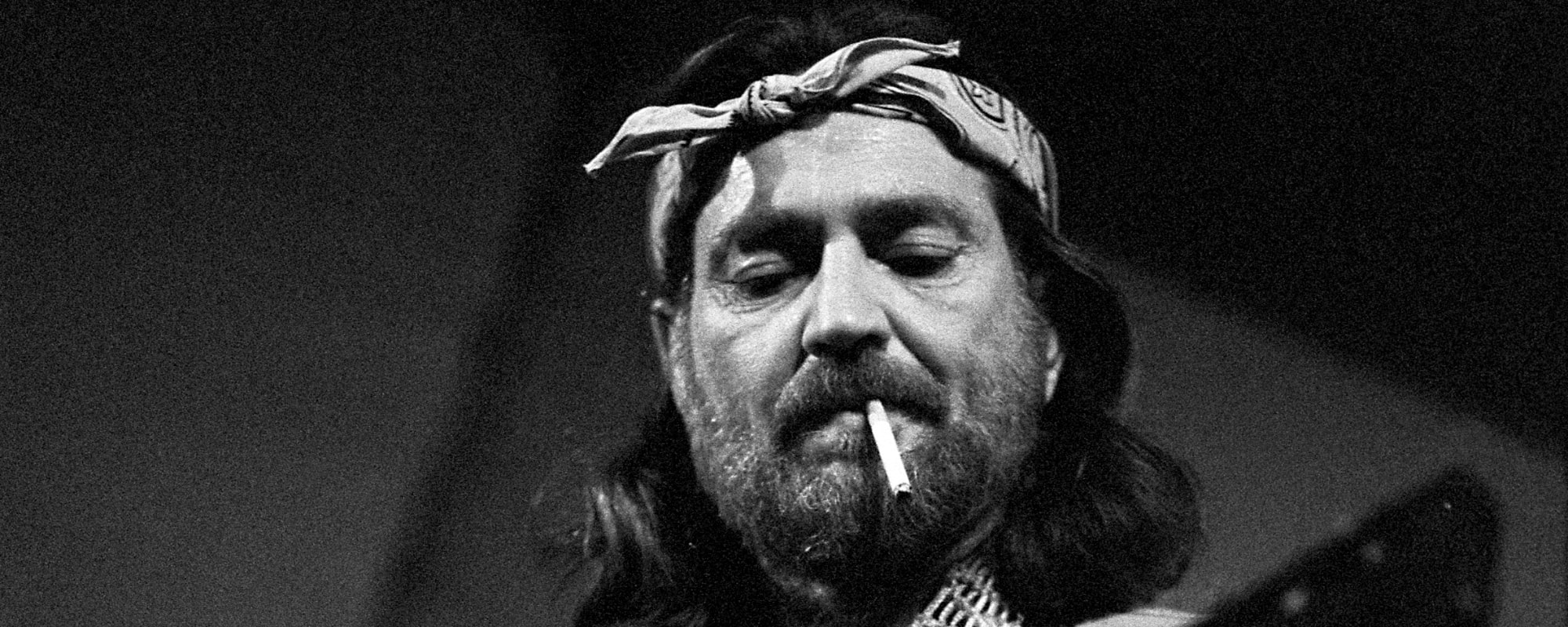

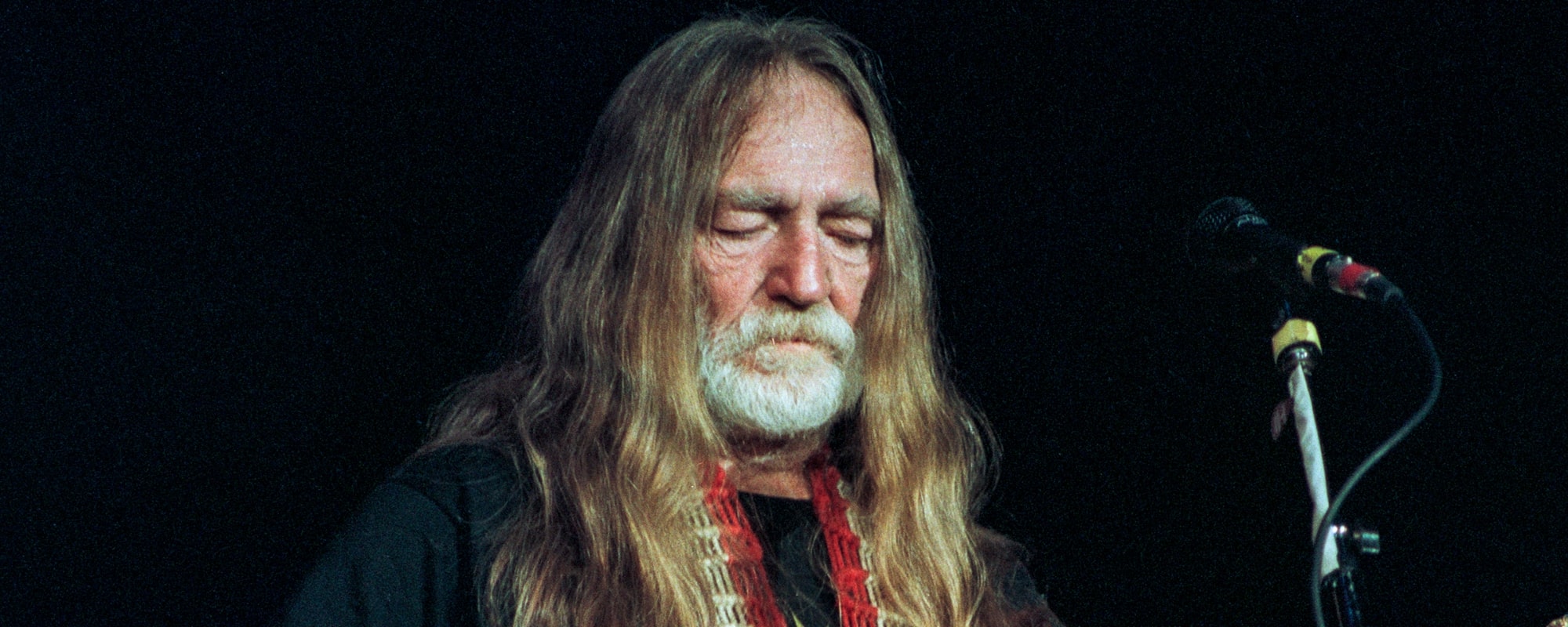
Leave a Reply
Only members can comment. Become a member. Already a member? Log in.